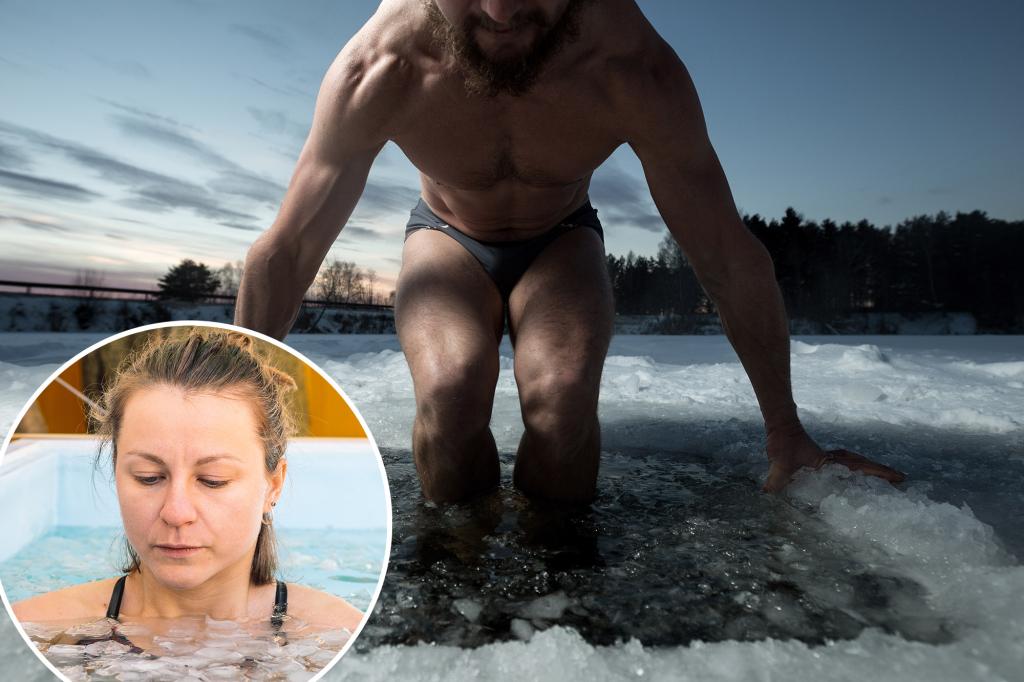Cold plunges have become a popular health trend, with celebrities like Scheana Shay and Courteney Cox endorsing the practice. However, it is important to be aware of the potential health risks associated with cold immersion therapy. François Haman, a health science professor who has studied cold exposure for two decades, warns that not everyone responds the same way to cold temperatures. Some people may experience difficulties in the cold, while others may have no issues. Cold immersion therapy, typically done in water less than 60 degrees Fahrenheit, can cause blood vessels to constrict and then dilate, improving circulation and providing benefits for metabolism, joint pain, and inflammation.
Athletes and fitness enthusiasts often use cold plunges to start their day or help their muscles recover after a workout. Wim Hof, a Dutch motivational speaker and extreme athlete, promotes cold therapy and a specialized breathing technique as a way to improve physical and mental health. Research into Hof’s method has shown promising effects on the inflammatory response, but further studies are needed to substantiate these findings. Courteney Cox has reported experiencing a “dopamine hit” and lasting mood improvement from taking cold baths, while others say it helps with stress relief and relaxation.
Despite the potential benefits of cold plunges, there are also risks involved. Submerging oneself in cold water can lead to feelings of disorientation, spikes in blood pressure and heart rate, tightening of airways, and loss of muscle control. Prolonged exposure to cold water can even result in hypothermia. Drowning is another risk to be aware of when attempting cold immersion therapy. It is essential to understand your medical conditions and any risks they may pose before engaging in cold plunges. Individuals with cardiac or pulmonary diseases, as well as older individuals and those with diabetes, asthma, or chronic health conditions, should consult a physician before trying cold therapy.
To safely and effectively do cold plunges, experts recommend starting with short durations, such as 30 seconds, and gradually building a tolerance for the cold. It is also advisable to only go waist-deep in the water to ensure you can safely exit if needed. Focusing on breathing is important, but holding your breath can increase the risk of cardiac arrhythmias. It is recommended to have a partner present when doing cold plunges in case of an emergency, and always listen to your body’s signals. While there may be benefits to cold immersion therapy, it is crucial to weigh the potential risks and consult with a healthcare professional before incorporating it into your routine.


